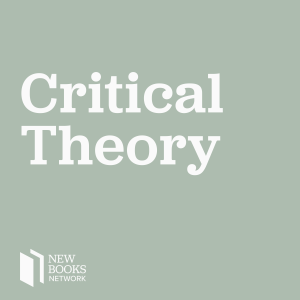
Gabriel Yoran, "The Interfact: On Structure and Compatibility in Object-Oriented Ontology" (Open Humanities Press, 2021)
 2021-12-24
2021-12-24
Download
Right click and do "save link as"
Objects in object-oriented ontology (OOO) are mysterious and inexhaustible entities. But since OOO grants ontological priority to objects, it should have an easy time referring to objects. But this is not the case.
In The Interfact: On Structure and Compatibility in Object-Oriented Ontology (Open Humanities Press, 2021), Yoran researches the question of how OOO refers to an object’s haecceity, its “thisness.” He starts with an investigation into OOO’s eponymous practice, object-oriented programming (OOP) and identifies not just a plethora of parallels, but finds OOP’s concept of interfaces (as structured ways of object confrontation in time) a promising tool to describe both the rift between all objects and their relative stability.
Yoran then extends Harman’s fourfold diagrams to reflect the linkages between fourfolds, revealing that objects necessarily are parts of other objects. This phenomenon, which he calls out-of-phase objects, reveals links to Simondon’s notion of compatibilisation.
Yoran argues that objects are necessarily integrated into a fabric of interconnected fourfolds as well as component-compound relations. This structure solves the problem of object identification, by recognizing the object-fourfolds as overlaps, a mutually stabilizing structure which allows for reproducible object confrontation in time, or facts.
Adam Bobeck is a PhD candidate in Cultural Anthropology at the University of Leipzig. His PhD is entitled “Object-Oriented Azadari: Shi’i Muslim Rituals and Ontology”. For more about his work, see www.adambobeck.com.
Learn more about your ad choices. Visit megaphone.fm/adchoices
Support our show by becoming a premium member! https://newbooksnetwork.supportingcast.fm/critical-theory
view more
More Episodes
012345678910111213141516171819
Create your
podcast in
minutes
- Full-featured podcast site
- Unlimited storage and bandwidth
- Comprehensive podcast stats
- Distribute to Apple Podcasts, Spotify, and more
- Make money with your podcast
It is Free
- Privacy Policy
- Cookie Policy
- Terms of Use
- Consent Preferences
- Copyright © 2015-2024 Podbean.com





